Traditional marketing, also known as Outbound, is leaving more and more space for techniques of communication and persuasion that are typical of Inbound Marketing. That is, the practice across which brands render themselves directly available to potential clients, thanks to the spread of different types of content. This phenomenon also takes place because nowadays people are submerged in information, often irrelevant, which often causes disturbance as it’s not requested.
This can lead to loss of sales rather than an increase. For this very reason, there’s an exponential growth in companies using marketing automation software. The stats speaks for themselves:
- In 2016, 55% of B2B companies operating on the global market have used marketing automation strategies, with a subsequent increase in qualified leads;
- 80% of companies using marketing automation have reported a rise in sales;
- This market will have an estimated value of $5.5 billion by 2019.
Firstly, let’s make things crystal-clear. What exactly do we mean by “software marketing automation?” We’re talking about those tools that allow you to automate the flow of content presented to your users, segmenting your audience, as well as using ad hoc strategies and contents for every cluster. These platforms allow you to manage this content, in order to nourish your leads with genuinely useful and revealing information, stimulating an action, both purchases and other performance indicators.
Although Capterra claims there are currently 214 types of software and tools offering this kind of service, we’ll compare three in this article, in order to recognize the pros and cons of every type of business. Let’s begin by laying out the background.
Software marketing automation: the top players
MailChimp
Founded in 2001, Mail Chimp is the only platform we’re comparing that offers a premium plan. This clearly isn’t suitable for a marketing manager who wants to trace the results of a large mass of traffic, but is perfect for emerging bloggers. Favored by e-commerce, as well as other small online activities, and renowned for its intuitive user experience, MailChimp registered 3,936,108 new users in 2016 alone, (you read that right).
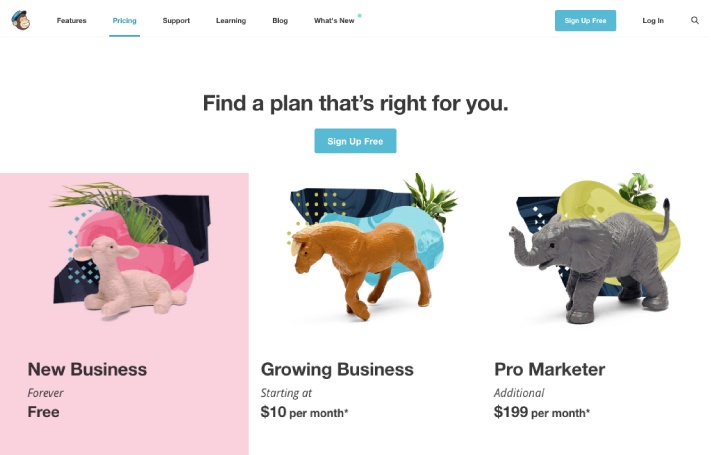
MailUp
This is the Italian response to MailChimp, founded in 2003. This software for marketing automation enables the dispatch of DEM, newsletters and SMS. Although the platform’s user experience is a little less intuitive compared to its American counterpart, it’s often more appreciated by medium to large businesses. It offers different subscription-plans, depending on the desired features, and boasts some prestigious clients on a global level.
HubSpot
The ultimate symbol of excellence for companies and startups wanting to excel and increase their profits, along with qualified leads, all thanks to Inbound Marketing. Hubspot sprang to life in 2005 and currently operates in more than 90 countries. An all-in-one tool, allowing you to manage everything, from website to marketing automation, all the way to blogs and contacts. It provides an intuitive user experience, which is “dummy-proof”, also due to the numerous resources Hubspot offers, so as to derive the maximum benefit from the platform, to the client.
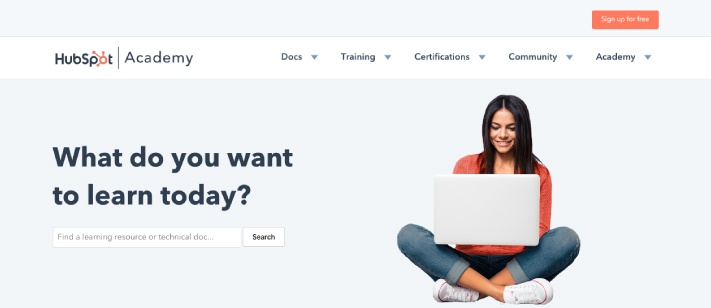
Now that we have a general picture of our protagonists, we’ll compare them based on three factors:
- Strategy – strategic segmentation of users in order to put forth ad hoc forms of content;
- Growth – use of functions and strategies that enable growth in audience and qualified leads;
- Engagement – the chance to present revealing contents to your audience and accelerate the sales-process.
Strategy and Marketing Automation
MailChimp
As we previously mentioned, MailChimp offers an easy user experience, allowing the user to immediately begin his/her campaign of marketing automation. Thanks to it providing the possibility of creating a registration form and a newsletter, (to have access to other downloadable offers or to promote products), segmenting your leads becomes an easy task. This allows you to send them suitable contents further down the line. MailChimp’s forte is obviously the easy usability, as well as the fact that it provides the option of using prepackaged workflows, already present on the platform, or of creating one ad hoc.
MailUp
This tool also gives you the possibility of creating workflows that are set to go off after a triggering event. The triggering event could be a user filling out a form, signing up to a newsletter and so on. MailUp’s workflows enable automated emails and SMS to be sent accordingly. Like MailChimp, this platform also allows for targeted content that is based on a user’s initial behavior.
HubSpot
Workflows are the focal point of marketing automation. In contrast to MailChimp and MailUp, Hubspot is a platform entirely dedicated to Inbound Marketing. So, management of contents is its strong suit. Even before segmenting your audience through workflows, you have the option of creating your own Prospective Buyers, namely prototypes of your ideal clients. In this way, producing different content to suit each Prospective Buyer is already favored. By binding lists, workflows and Prospective Buyers together, you can now offer your users truly formidable information. The distinction also lies within the workflow-settings, where you can impose more precise conditions than you can in the other two platforms. This allows you to dig up “dormant” users, or ones that are a little more lazy, without being invasive.
“Marketing Automation softare can really improve your digital marketing strategy. They can be your favourite toolbox, if you choose the best one for your business. Tweet
Contributing to the growth of Marketing Automation Software
MailChimp
As we’ve said, MailChimp is primarily used by e-commerce businesses that don’t focus on the quality of contents in order to attract new clients, but more so on offers and DEMs. In fact, they rely more on the user’s immediate action to finalize the sale of a product or service. As far as e-commerce goes, a really interesting feature of this software is the “abandoned trolley” workflow. It is characterized by an excellent marketing automation strategy to recapture those clients who changed their minds during the final stage of purchasing.

MailUp
Similar to MailChimp, this tool offers both prepackaged workflows for different situations, as well as the option of creating personalized ones. Nevertheless, even here, it’s difficult to control the actions of users that have already entered the process of marketing automation. This means that defining qualified leads and seeing them grow could become a bit imprecise.
HubSpot
Renowned for its workflows, HubSpot offers control over these factors. As mentioned earlier, through settings and conditions, your company can send emails, along with downloadable offers and more, with maximum precision. That’s because the tool allows you to control the actions of leads, even if they’re already inside a particular marketing automation campaign. “With every action, there’s a reaction” – that’s the golden rule. In fact, thanks to Hubspot’s workflows, you can predict a user’s actions. For example, if a user opens a particular email immediately, you can set a particular command, whether it’s another email with content or free advice on your product, for instance. Furthermore, you can also set a command for when a client doesn’t open the email, setting a waiting time before sending off another piece of content. This is an excellent alternative for naturally increasing your qualified audience.
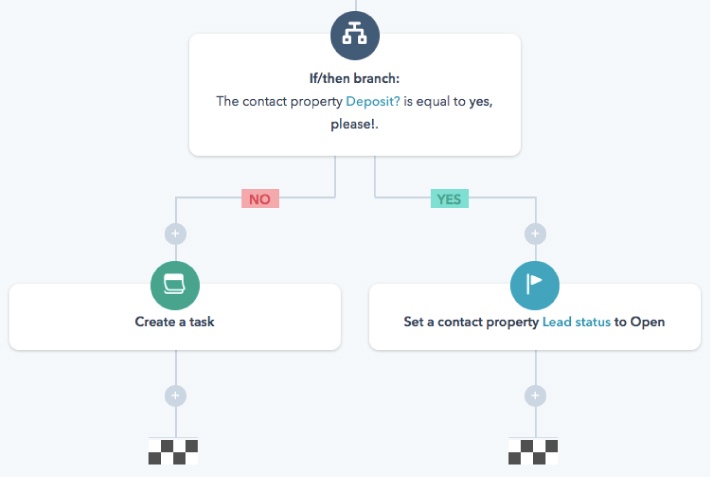
Create Engagement with Marketing Automation programs
MailChimp
Engagement is probably the most critical stage for every marketing manager. How do you keep your users interested? Which contents to push? These questions come up at every stage of interaction with a potential client and, thanks to marketing automation, the problem is resolvable. With platforms like MailChimp, however, providing your subscribers with engaging content could turn out to be a challenge. The reason is simple: as much as it’s a useful tool, tracking the customer journey of users and their behavior is difficult. Therefore, it often aims for campaigns in the form of discounts and offers to reawaken dormant clients. This can work a couple of times, but becomes meaningless on the long-term.
MailUp
For the same reason, MailUp is difficult to use for elaborating on a content marketing campaign thanks to automation. Tracking a user’s route becomes strenuous, so it focuses on direct stimuli. Here too, nurturing clients with useful and interesting forms of content is not the tool’s strong suit.
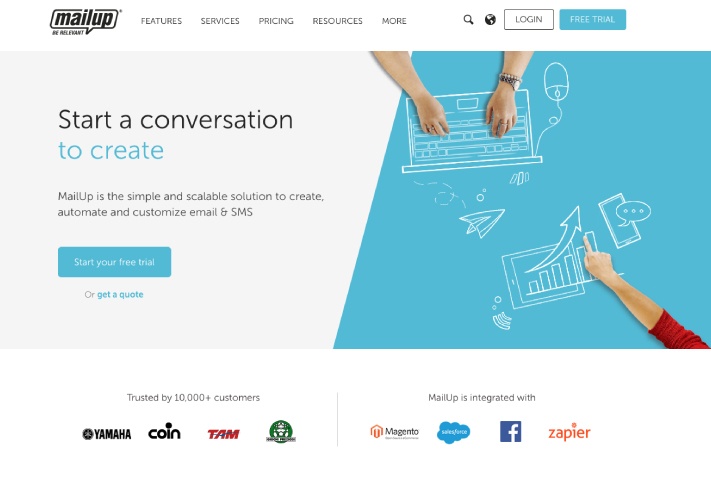
HubSpot
Hubspot was born from the idea of “nourishing” one’s leads with revealing information, practicing an innovative type of marketing that truly wants to satisfy the needs of its clients. You can already establish objectives in the workflow-settings (goal), that, once reached by your leads, make them advance in the funnel of contents, getting them ever closer to the sales-stages.
Being an all-in-one platform, the customer journey is easy to track, through precise analytics and observing users’ behavior, offering them targeted contents, all to increase engagement, even in the post-sale phase.
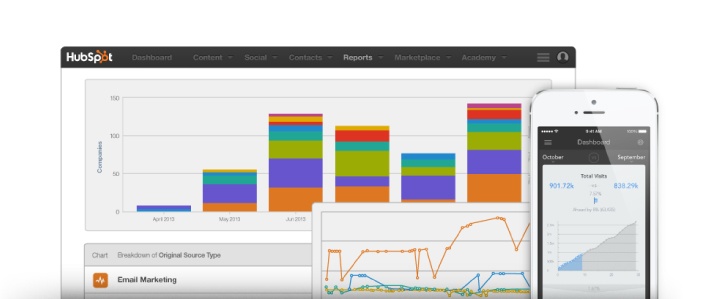
There are many solutions in regards to marketing automation. We’ve illustrated the best on the market. Although the three platforms share some similarities, for medium to large companies and start-ups, it’s ideal to use a tool with which you can manage everything autonomously, without installing various plug-ins and platforms.
We’re talking about Hubspot, of course. Let’s suppose you’re a marketing manager of a start-up that creates websites and offers assistance in social media management to a slice of the market which isn’t exactly “digital”, such as mid-level restaurants. Before “coldly” presenting your product to an audience that’s already unconvinced by its usefulness, it’s probably better to elaborate a strategy of “education”. That is, educate your audience on what these types of services can do for their businesses. How? By merging content marketing with automation.
As we’re talking about content, take a look at Hubspot’s free checklist and you’ll get an even clearer picture of what we mean.
Is Hubspot the software that suits you? Find out right away, talk with us!

